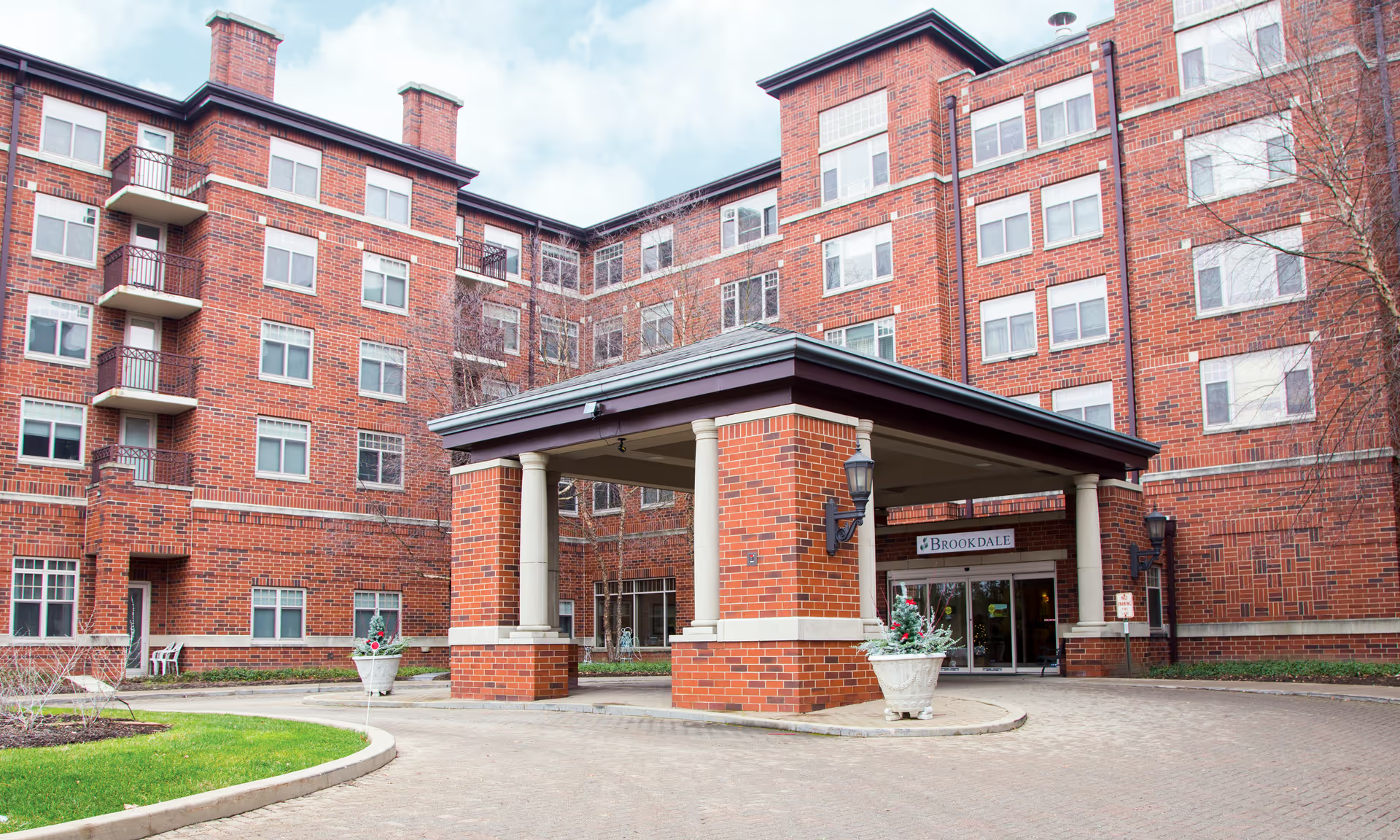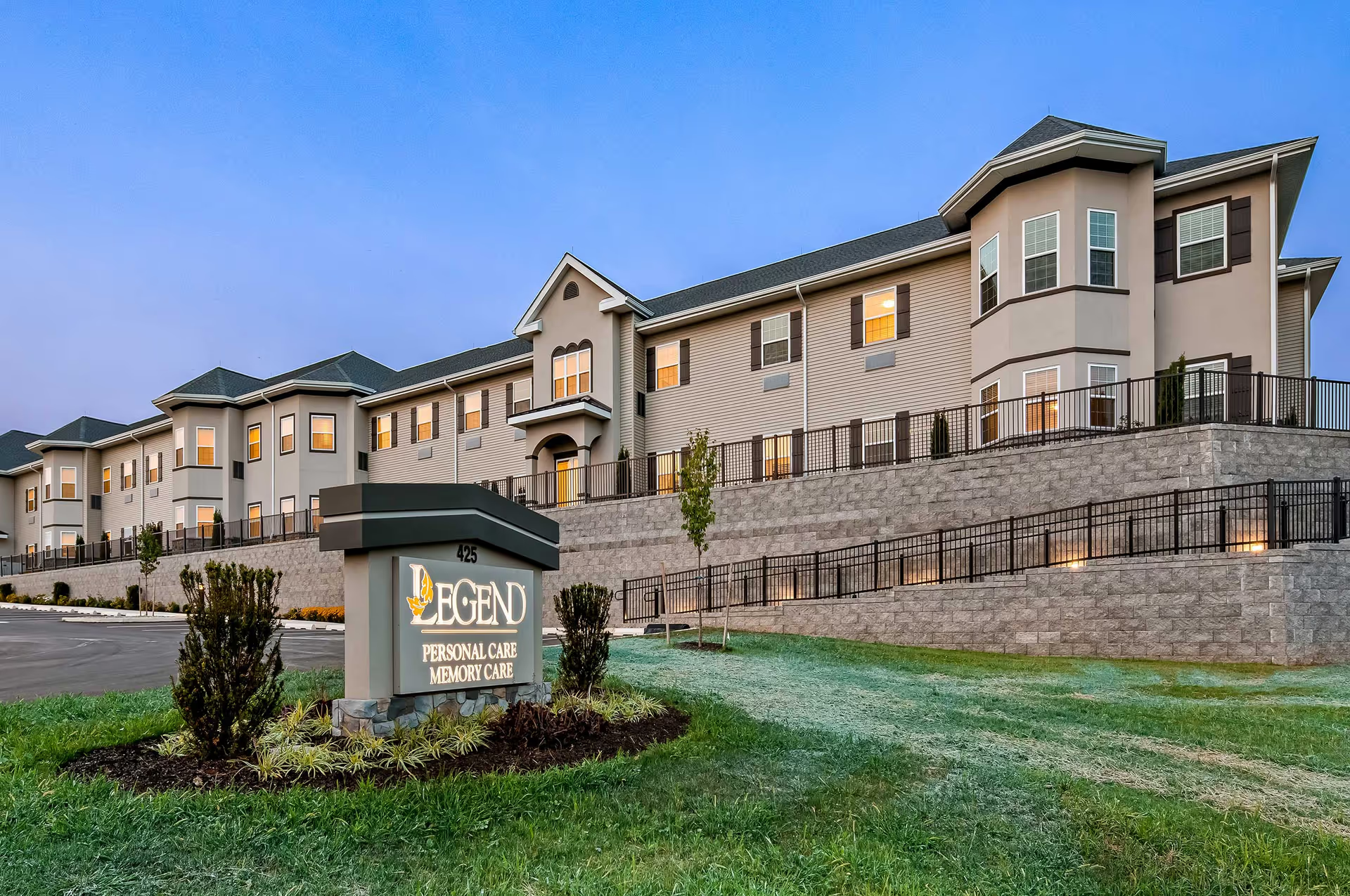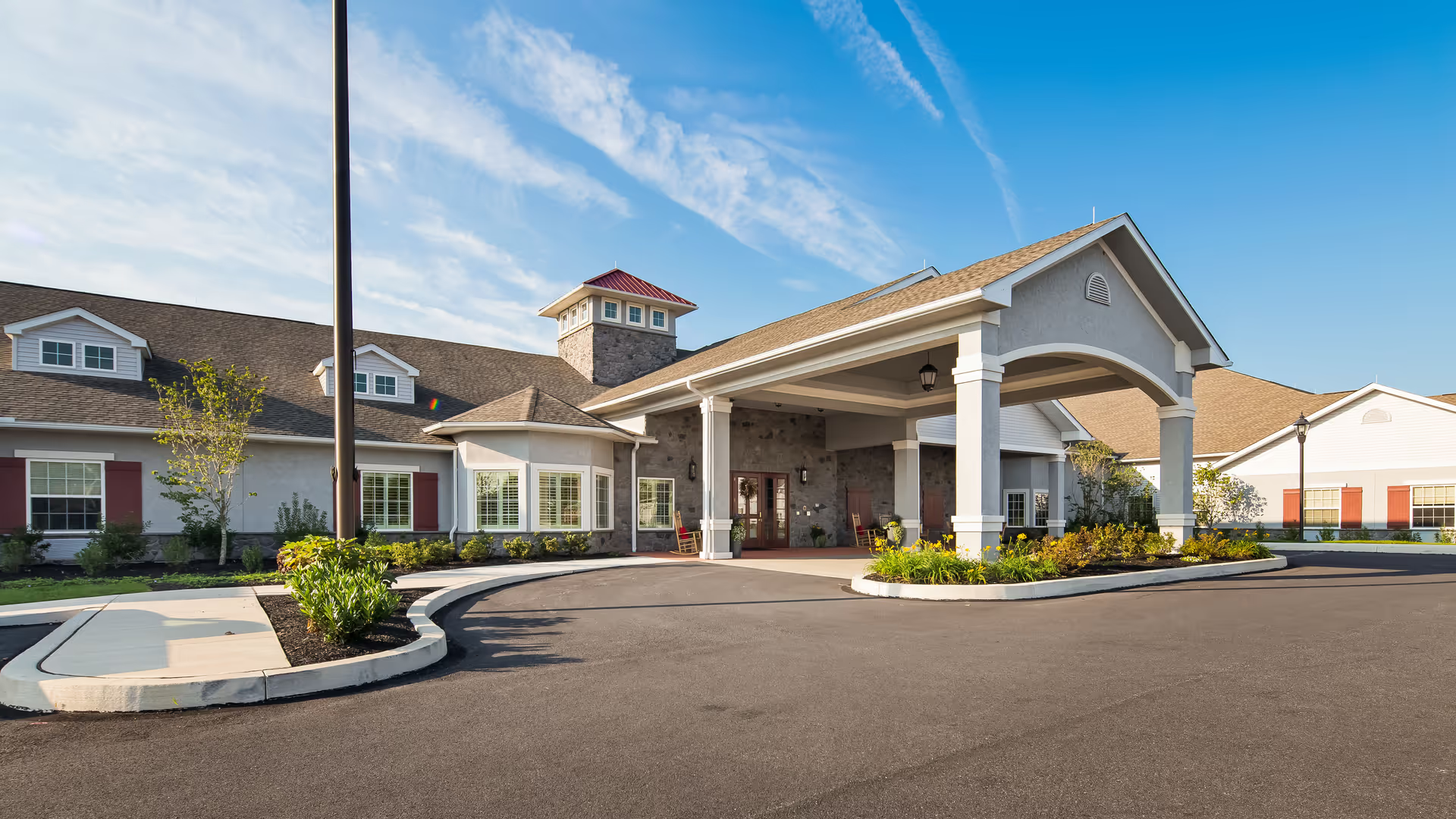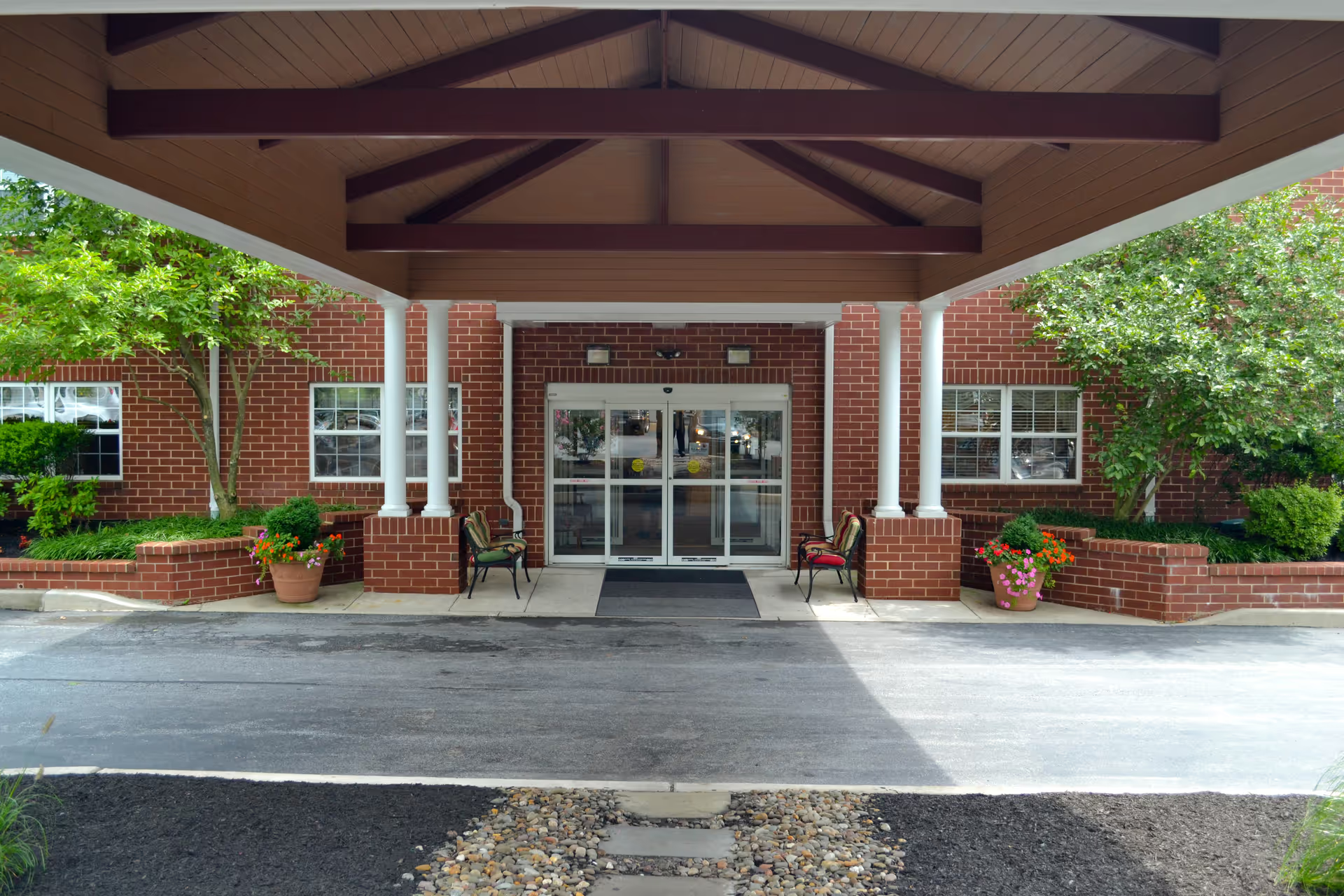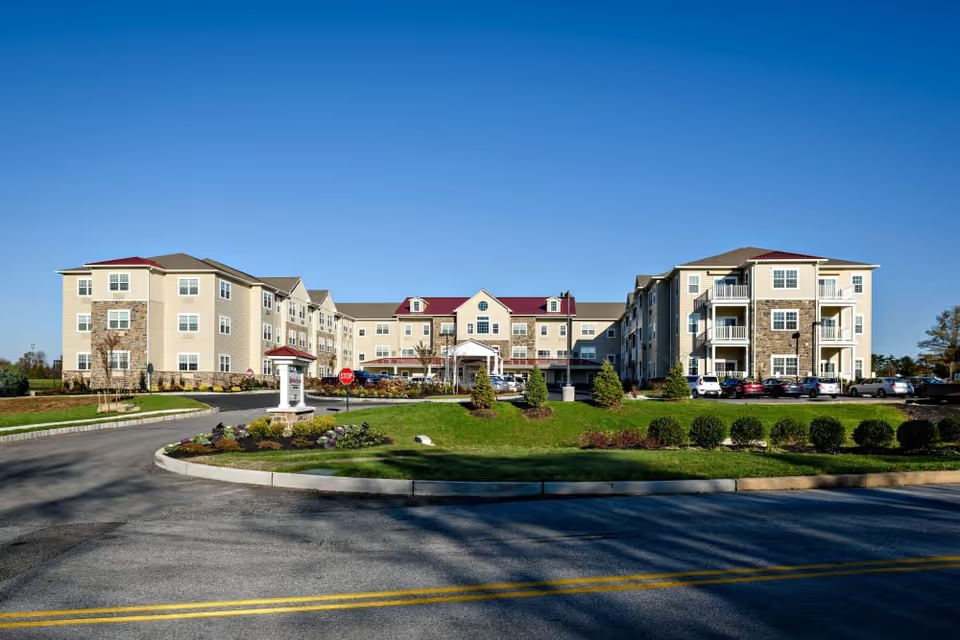Overall sentiment about Ridgeview Healthcare and Rehabilitation Center is mixed, with a notable split between reviewers who praise the social environment and caregiving staff and others who report serious concerns about the quality of care and resident comfort. Multiple reviewers emphasize positive, family-like interactions and a warm atmosphere, while a smaller but significant set of comments describe distressing experiences that raise red flags about consistency of care.
Care quality and staff: Reviews frequently highlight staff strengths — many mentions describe caregivers as friendly, welcoming, skilled, patient, and courteous. Several reviewers explicitly say staff treat residents like family and are welcoming to visitors. At the same time, there are strong, specific negative reports: at least one family perceived that inadequate care may have contributed to a loved one’s death, and other comments say residents were not being taken care of or were unhappy (for example, a remark that a "mom hates it there"). These contrasting statements suggest inconsistent experiences among families: while many encounter attentive, compassionate staff, others report serious lapses in care or unmet needs.
Facilities, cleanliness, and atmosphere: The facility is repeatedly described as clean and maintained, and reviewers note a pleasant or "nice" atmosphere in some areas. However, multiple summaries also describe the building as dated. This indicates that while housekeeping and general upkeep are generally satisfactory, the physical plant or décor may feel old or in need of updates. Cleanliness appears to be a consistent positive, but the dated appearance could affect perceptions of comfort or modern standards.
Activities and environment: A distinctive and recurrent positive theme is the presence of animals and pet-friendly features. Reviews mention dogs and cats roaming hallways, aviaries with birds, and residents actively interacting with animals — features that appear to contribute to a homelike, engaging environment. The facility also provides visitor-friendly dining areas and cafeteria meals, plus quiet spaces suitable for conversations or puzzles. These amenities point to an emphasis on social interaction and recreational comfort for residents and guests.
Dining and visitor experience: Reviewer comments reference cafeteria meals and designated areas where visitors can eat with residents. These elements are portrayed neutrally to positively: they suggest accessible meal options and spaces intended to support family visits. There is no detailed critique of food quality in the summaries provided, only the existence of cafeteria-style meals and visitor dining areas.
Patterns and notable concerns: The dominant pattern is one of polarization. Many reviewers describe compassionate caregivers, a clean facility, and a welcoming atmosphere with meaningful activities (notably animal interactions). Conversely, a handful of reviews convey severe dissatisfaction — including perceptions of inadequate care and emotional statements like "awful" or that a resident "hates it there." The presence of a report linking perceived inadequate care to a loved one’s passing is a particularly serious concern and should be treated as a critical data point reflecting at least one family's deeply negative experience.
Conclusion: Ridgeview appears to offer strong social programming (notably pets and communal spaces), a generally clean and maintained environment, and many caregivers who are viewed as skilled, patient, and welcoming. However, the facility also has documented negative experiences that concern care quality and resident comfort, and its physical appearance is described as dated. These mixed reviews suggest variability in resident outcomes and family satisfaction. For prospective residents or families, the reviews indicate it would be prudent to tour the facility, ask targeted questions about staffing consistency, clinical care protocols, and how the facility addresses family concerns, and to seek multiple perspectives (including recent residents or families) to gauge whether the positive patterns or the concerning reports are most representative.
